Welcome to Wine Country! The place where the smell of aging grapes hits your nose miles before you enter the city, a place with beautiful hills, limitless romance, and the greatest love potion best known as wine. Welcome to Napa Valley where estate grown wines and Italian and Spanish inspired villas are everywhere you turn.
Post-drought the wine grapes are currently getting much-needed showers for a hopeful harvest. I was lucky to witness thousands of rows of healthy vines ready for sweet red grapes. Of course, the wine of choice that comes from this red grape is the full-bodied Cabernet Sauvignon. 40% of Napa Valley are winemakers to 100% Cabernet. My exploration through the Wine Train was 1,000% impressive and one-of-a-kind.
Quattro Vino Wine Train
The first stop on the Quattro Vino tour was Robert Mondavi Winery. The name Mondavi is immediately recognizable around Napa. The family is well respected for their contribution to the Wine Country. Philanthropists and natural winemakers, the Mondavis footprint is huge around these parts. The family owns hundreds of acres of vineyards in the Valley. Here’s what the first stop taught attendants:
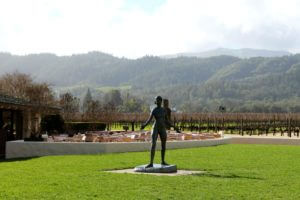
How to Drink Wine
Three tastes are necessary to get the full chemistry and experience of wine predominantly red wine. The first sip will be acidity, then fruit, and more fruit per taste. First smell the wine and pick up the notes, aerate the wine by gently holding the stem of the glass and maneuver it to allow the wine to stir, sip the wine and swish in it in the mouth. Do this three times 30 seconds apart to give the pallet the best chemistry. This method enhances the flavor for the wine to taste less dry and sour.
What to Eat with Cabernet Sauvignon
The influence of food betters Cabernet. Here’s what you should pair with the rich, red wine per your diet restrictions:
Non-Vegans Steak or Cheese
Vegans Shitake mushrooms, tomatoes, or oregano
The second stop is Charles Krug Winery. The Mondavi family owns it (and purchased for only $70K! due to Charles Krug debt, prohibition, and non-production) here possesses my second favorite wine on tour. The Charles Krug Zinfandel Port which is the winemakers only Zinfandel. It’s genuinely one of the best wines I’ve ever tasted! The half bottle is only available for purchase through the winery including its very own online store. This wine is best served with a baguette and fig spread and of course cheese. The absolute best part of this stop is the history. Charles Krug founded the first vineyard in Napa Valley, and the building is one of the oldest landmarks in the Valley.
Second Half of the Tour
Stop three, Merryvale, ferments their wine but it’s grown in Sonoma. The barrel room contains large French Oak barrels with wine aged since way back! I could not spot the oldest fermenting wine, but I saw dates since the 80s. Imagine sipping on that fine wine.
The last stop is exclusive. V. Sattui and the recent partners brought a Tuscany feel to Napa. You can only get their wine on-site or via their very own wine club. V. Sattui only makes 80,000 barrels of wine per year. It’s no wonder I tasted the best wine at this Tuscany location. They’re all about quality over quantity. The six medals winner Madeira wine has great nutty, molasses, caramel & toffee undertones with 19% alcohol. That’ll warm you up!
This beautiful vineyard and winery aren’t just direct sales in every U.S. state. It’s also a certified organic vineyard which isn’t an easy task. To get certified, samples of the soil are collected once a year anywhere grapes are grown. You must pass every year for five years to get approved. If one year does not pass the clock starts over.
Here we too learned what foods are best with Zinfandel:
roasted vegetables, goulash, soup, and BBQ because the wine is jammy & spicy.
The Quattro Vino tour had wonderful ambassadors, hosts, and is an entirely unique experience. The 4-course tasting was amazing, and there’s no debate the wines are the best around. I highly recommend this for couples and beginner wine drinkers. It’s worth the cost.
Did You Know?
Young vines are for production purposes, so it’s higher yield per square acre than older vines which is fewer grapes per vine but better quality.
The use of sulfur and compost makes the vineyard sustainable, along with the utilization of a well as the irrigation system. This saves hundreds of gallons of water from the city which is crucial during droughts.
Half the world’s soil type (volcanic and marine) is in Napa Valley, which is why the wines may taste vastly different within just 30 square miles.
After the Mondavi brothers had split, they reconciled and made one barrel of wine that sold for $400K!
The most important micronutrient for the soil is nitrogen.
We’re at the past century mark since environmental damage to the ground, so more vineyards are striving to be organic!
For beginners Vivino is an amazing wine scanner app. Just scan the label!
Photographs used in this publication are property of Style and Living Profile. Do not republish without permission and credit.

This work is licensed under a Creative Commons Attribution 4.0 International License.
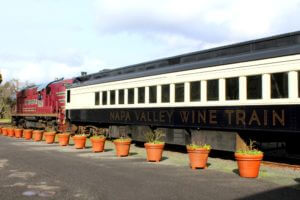
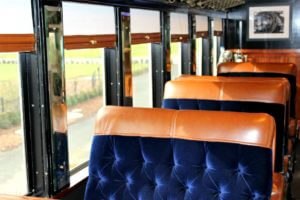
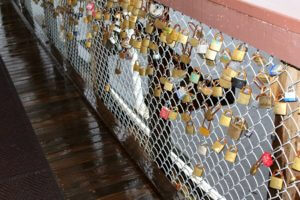
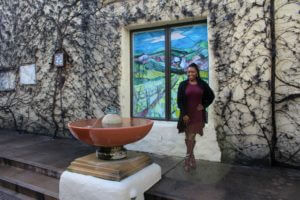
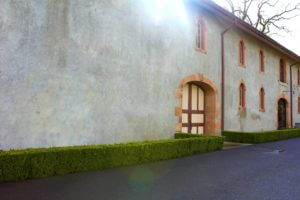
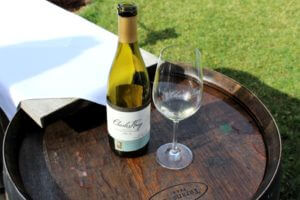
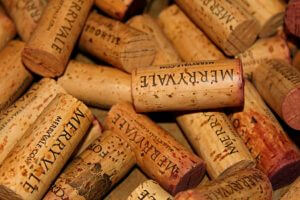
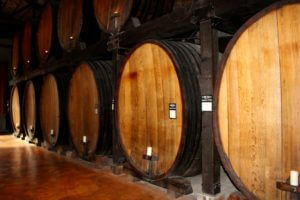
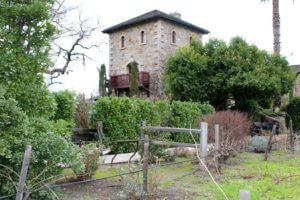
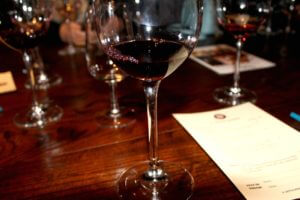
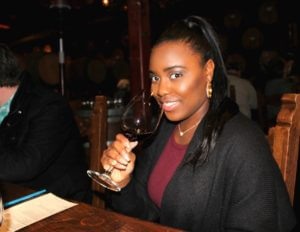
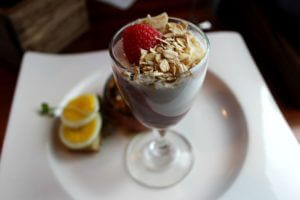
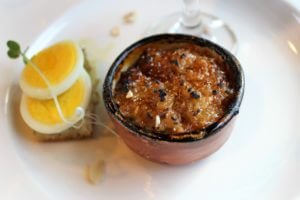
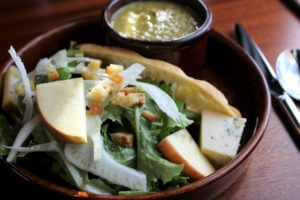
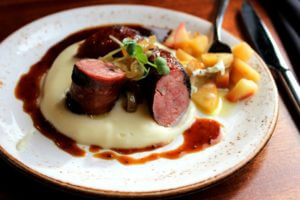

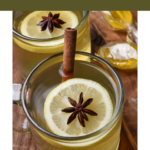



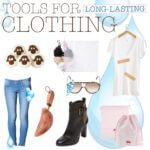
How cool, I love visiting wineries and Napa Valley is still on my list! 🙂